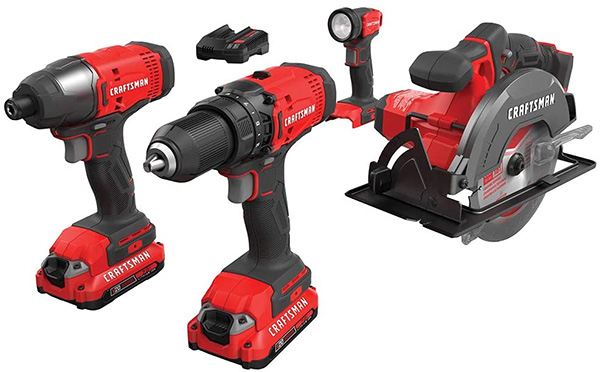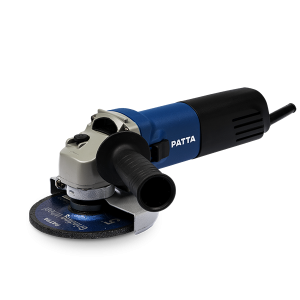
Power tools have revolutionized the construction, manufacturing, and DIY industries, making tasks quicker, easier, and more efficient. From drilling holes to cutting materials, these tools have become indispensable in various fields. In this article, we delve into the world of power tools, exploring the different types and their uses.
Types of Power Tools
- Drills: These are perhaps the most common power tools, used for boring holes in various materials or fastening various materials together with fasteners. They come in corded and cordless versions.
- Saws: Power saws are used for cutting through materials like wood, metal, or concrete. There are several types, including circular saws, jigsaws, reciprocating saws, and table saws, each designed for specific tasks.
- Sanders: These power tools are used to smooth surfaces by abrasion with sandpaper. They include belt sanders, disc sanders, and orbital sanders.
- Grinders: Used for grinding, cutting, or polishing surfaces, grinders come in various types, including angle grinders and bench grinders.
- Impact Wrenches: These are used for tightening or loosening nuts and bolts. They provide high rotational torque that can loosen even the most stubborn fasteners.
- Nail Guns: These tools drive nails into wood or some other kind of material. They have replaced hammers in many construction jobs.
- Rotary Tools: These are handheld power tools with a rotary tip that accepts a variety of attachments. The most common is the Dremel tool, used for carving, engraving, and other detailed work.
- Heat Guns: These are used to emit a stream of hot air, used in tasks like stripping paint, drying out damp wood, bending and welding plastic, and softening adhesives.
- Planers: These are used for shaping wood. Power planers are like a shaver that takes off a bit of the surface each time it passes over the wood.
- Routers: These are used for hollowing out an area in hard materials such as wood or plastic.
Choosing the Right Power Tool
Choosing the right power tool depends on the task at hand, the material you're working with, and your level of expertise. For instance, if you're cutting through concrete, you'll need a power saw designed for that purpose. If you're a beginner, you might want to start with more straightforward tools like drills or sanders before moving on to more complex tools like routers or planers.
Safety Considerations
Power tools, while useful, can be dangerous if not used correctly. Always read and follow the manufacturer's instructions, wear appropriate safety gear, and ensure your work area is safe.
Conclusion
Power tools are an essential part of many industries, making work more efficient and often producing better results. By understanding the different types of power tools and their uses, you can choose the right tool for your project and work more effectively and safely.


